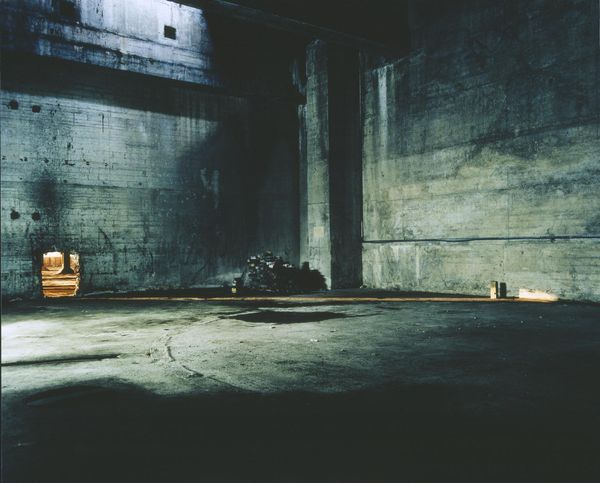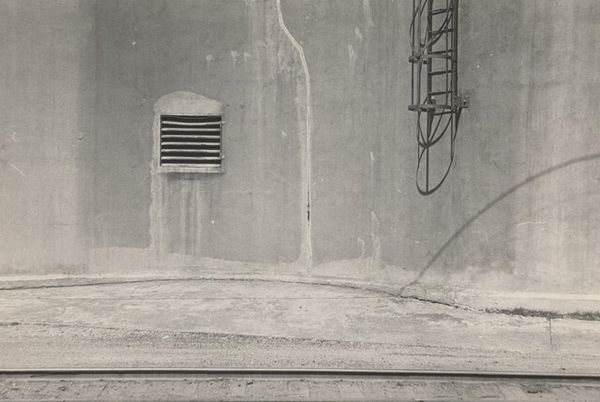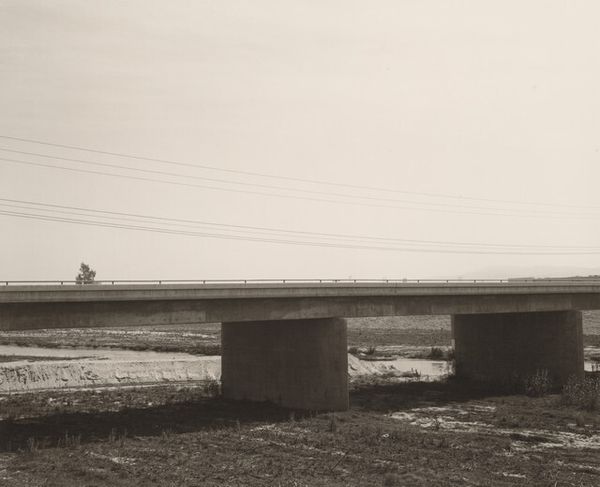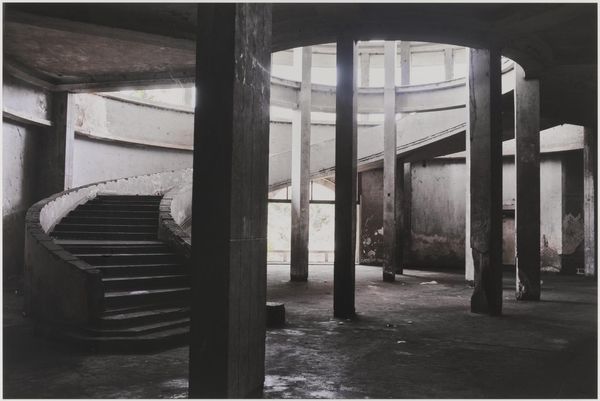
photography
#
precisionism
#
photography
#
cityscape
#
modernism
#
realism
Dimensions: sheet (trimmed to image): 24 x 18.4 cm (9 7/16 x 7 1/4 in.)
Copyright: National Gallery of Art: CC0 1.0
Editor: So here we have Alma Lavenson's "Tanks, Standard Oil Company" from 1931, a photograph that really highlights the industrial landscape. It's amazing how the shapes and shadows create almost an abstract feel, but the subject matter is very real. What do you see when you look at this piece? Curator: Well, it’s fascinating how Lavenson is using photography here to explore the power dynamics inherent in industrialization. Consider the 1930s – a period marked by both economic depression and burgeoning corporate power. Images of factories and industrial structures, like these oil tanks, often symbolized progress, but for whom? Editor: That’s interesting. I hadn’t really thought about the 'for whom' part. So you're saying there's a potential social critique embedded in the image? Curator: Absolutely. Who benefits from "Aviation Gasoline," right? It’s not the average worker on the street. Moreover, the composition, with its severe lines and monumental scale, creates a sense of the imposing, almost dehumanizing, nature of industrial capitalism. Who has access and who is alienated from this scenery? Editor: I see what you mean. It makes you wonder about the workers who were there. Also, did Standard Oil commission this photograph, or did Lavenson take it on her own? That would change things, wouldn’t it? Curator: Exactly. Considering who sponsored the image shifts its meaning entirely. Think about how museums and galleries might then display such works: What narrative are they supporting through it? Editor: Wow, it's incredible how much history and context can be packed into a single photograph. This has really opened my eyes to considering the social and political factors behind art. Curator: And understanding the historical context and institutional framework is key. By questioning who shapes and controls the narrative, we gain a more critical understanding of the artwork itself, but also the society in which it was made and displayed.
Comments
No comments
Be the first to comment and join the conversation on the ultimate creative platform.













